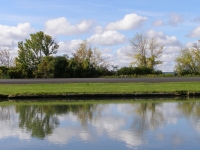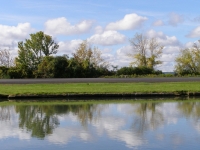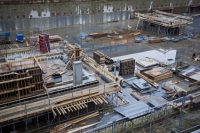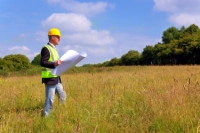Am I a "Green" Hypocrite?
Mon, May 28, 2012In this re-post from thegreencivilengineer.com, Bob Faulhaber confronts a tough question: �Am I a green hypocrite?� What answer do you get when you ask yourself this question?
Am I a green hypocrite? I might be... This is something that I struggle with quite regularly. I consider myself an environmentally responsible individual, and sustainability is a core tenet of the business that I founded. With just about every decision that I make, or at least the major ones, I try to consider the environmental consequences of that decision and action. However, I'd be lying if I said that I always made the environmental choice. Most of the time there is probably a good reason for that, but sometimes it�s really just a matter of preference. Does that make me a green hypocrite? I hope not, but I will leave that for someone else to decide. Here are some of my green and not-so-green decisions.






